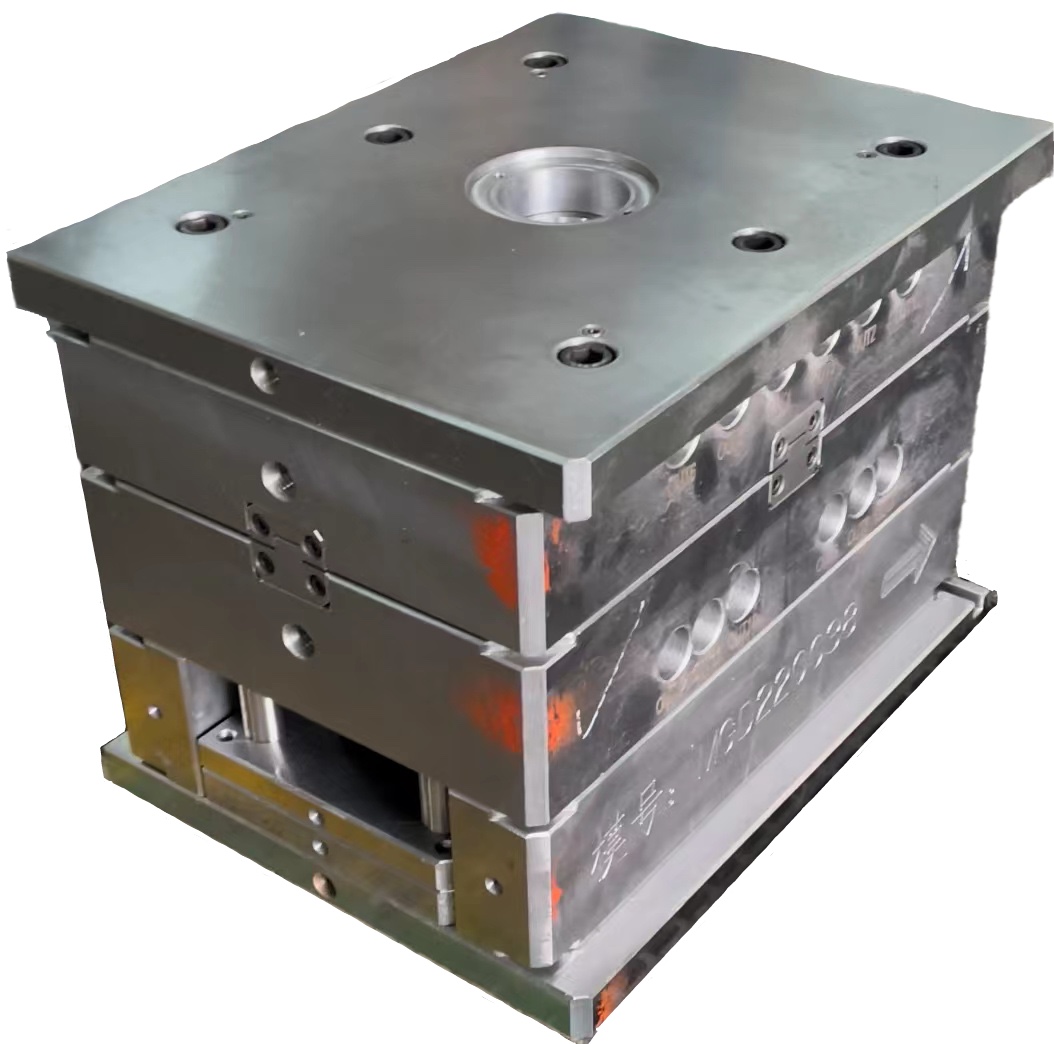Introduction to Mold Steel
Mold steel plays a critical role in manufacturing, particularly in the production of plastic injection molds and stamping dies. With South Korea being a powerhouse in electronics, automotive, and machinery, selecting the appropriate mold steel is crucial for optimizing production efficiency and product durability. This guide will explore the different types of mold steel, key characteristics, and factors to consider when selecting the right material for your manufacturing needs.
Types of Mold Steel
Mold steels can be classified into various categories based on their composition and intended application. The most common types include:
- P20 Steel: A versatile pre-hardened tool steel that is widely used in the production of molds for injection molding. It offers excellent machinability and is easily weldable.
- S55C Steel: Known for its high hardness and tensile strength, S55C is perfect for high-wear applications and is often used for die forging.
- H13 Steel: A hot work tool steel, H13 is famed for its heat resistance and toughness. It is commonly used in applications requiring high operating temperatures.
- D2 Steel: A high-carbon, high-chromium tool steel that provides great wear resistance and hardness, suitable for high-volume production dies.
- O1 Steel: An oil-hardening tool steel that offers excellent dimensional stability and is commonly favored for intricate parts.
Key Characteristics of Mold Steel
When evaluating mold steel, it's important to consider several key characteristics that influence its performance in manufacturing:
- Hardness: The ability of mold steel to resist deformation under load is crucial for maintaining quality throughout production. A higher hardness often equates to better wear resistance.
- Toughness: Mold steel must withstand significant pressures during the manufacturing process. A balance between hardness and toughness ensures durability.
- Machinability: The ease with which mold steel can be shaped and finished is critical. Materials that are difficult to machine can lead to increased production time.
- Corrosion Resistance: Many applications expose mold steel to harsh environments. Choosing a steel with adequate corrosion resistance can extend the lifespan of the mold.
- Temper Resistance: Understanding how the steel behaves at elevated temperatures during the manufacturing process is essential for maintaining its integrity.
Factors to Consider When Choosing Mold Steel
Selecting the right mold steel involves several factors that should be carefully evaluated:
- Application Requirements: Assess the specific needs of your manufacturing application. Different industries may demand varying properties from mold steel.
- Cost Considerations: While high-performance steels are beneficial, they come at a premium. Weigh the costs against expected benefits.
- Lead Time: Availability of material can impact production schedules. Ensure the selected steel can be sourced in a timely manner.
- Supplier Reputation: Partnering with a reputable supplier who understands the South Korean market and its unique challenges can lead to better support and service.
- Processing Capabilities: Understand your own manufacturing processes. Ensure that the chosen mold steel can be effectively processed with your existing equipment.
Popular Mold Steel Grades in South Korea
In South Korea, there are several mold steel grades that are commonly used, which may vary based on the specific needs of various industries:
- SCM440: This alloy steel delivers high tensile strength and durability, making it suitable for heavy-duty applications.
- SKD61: This heat-resistant steel is predominantly used in die-casting molds and other high-temperature applications.
- SKD11: A tool steel with excellent wear resistance, primarily used in manufacturing dies.
- SKS3: Offers good toughness and wear resistance, making it suitable for cutting and molding applications.
Mold Steel Maintenance and Care
To prolong the lifespan of molds and ensure consistent production quality, proper maintenance and care for mold steel are vital:
- Regular Inspection: Conduct frequent inspections for signs of wear, damage, or corrosion.
- Cleaning: Keep molds free of debris and contaminants that can affect production quality.
- Lubrication: Use appropriate lubricants to minimize friction and reduce wear during operation.
- Heat Treatment: Regularly assess the heat treatment process to ensure optimal material properties are maintained.
- Storage: Store molds in a dry, controlled environment to prevent rust and corrosion when they are not in use.
Conclusion
Choosing the right mold steel is a critical decision that can significantly impact the efficiency and effectiveness of manufacturing processes in South Korea. By understanding the various types of mold steel, their characteristics, and the essential factors to consider, manufacturers can select the best material that meets their specific needs. Emphasizing regular maintenance can also enhance longevity and productivity. Ultimately, informed decisions surrounding mold steel will lead to better manufacturing outcomes and increased competitiveness in the global marketplace.
FAQ
What is the difference between hot work and cold work mold steel?
Hot work mold steels are designed for applications that involve high temperatures, while cold work mold steels are suitable for room temperature applications. The choice depends on the specific operational requirements.
How can I ensure the mold steel I select is of high quality?
Work with reputable suppliers who provide material certifications. Consider samples and conduct material testing if necessary.
What is the average lead time for mold steel in South Korea?
Lead times can vary based on suppliers and grades. Generally, expect 1 to 4 weeks for standard grades, but specialized grades may take longer.
Is there a premium for high-performance mold steels?
Yes, high-performance mold steels often come with a higher price tag due to their superior properties, but they can lead to cost savings in the long run through increased durability and efficiency.

